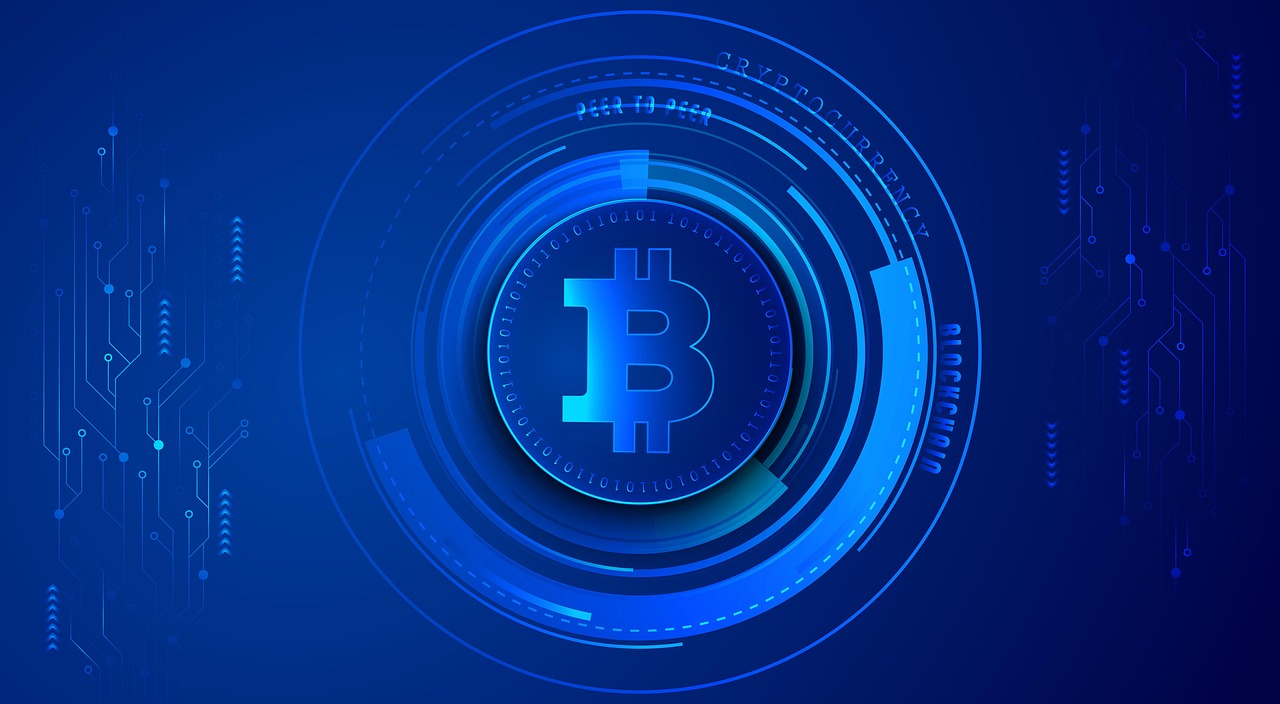2023-12-22 12:19:27
What Is Web?

Imagine being able to get online the information you need and in the format you want, even before you formulate specific requests. This is the reality of Web 3.0, the next generation of the Internet. It is based on blockchain, artificial intelligence, and decentralization.
Let’s talk about the features of Web3: what it is, how the new version of the Internet differs from previous ones, and how it relates to blockchain and crypto technology.
Content
Let’s review Web 1.0 and Web 2.0
Web 1.0 is the first version of the Internet, in which websites were used primarily for reading only. Interaction was limited to communication on forums.
Web 2.0 is the second version of the web with online services, interactive platforms, social networks, and cloud technologies. Websites evolved into online applications that people can use for shopping, earning, socializing, and other purposes. Amazon, Facebook, YouTube, Twitter, and Wikipedia emerged in this era.
The concept of Web 3.0
Platforms on blockchain that use smart contracts and digital money, decentralized organizations, and services with VR and AR — all these applications open the era of Web 3.0. What does it mean? We’re in for increased decentralization at all levels with the widespread adoption of cryptocurrency. Web 3.0 makes platforms more autonomous and transparent, providing new security standards. Machine learning and artificial intelligence are coming into play.
To better understand what Web3 is, let’s look at an example:
Let’s say you’re interested in crypto but don’t know how to start investing in it. After analyzing your interests and experience, a Web 3.0 algorithm can offer a brief overview of the major coins, taking into account their current value, history, and prospects, provide recommendations on choosing a trading platform, and find links to educational resources and news. The information is presented in a personalized way and updated in real time.
How Web3 Differs from Previous Versions
Web 3.0 is a fundamentally new concept of the Internet, which has some differences from previous versions:
- Database: Web 2.0 sites and applications rely on centralized databases, while Web 3.0 uses a decentralized blockchain.
- Currency: Web 2.0 uses fiat for settlement, while Web 3.0 uses cryptocurrency.
- Personalization: Web 2.0 uses cookies, and users participate in content creation. Web 3.0 is characterized by machine learning, artificial intelligence, and a high level of data protection.
- Governance: Web 2.0 platforms are managed by centralized companies, while Web 3.0 platforms use a distributed approach and are managed by the community.
- Interaction: Web 2.0 has ushered in an era of social networking, while Web 3.0 has ushered in a metaverse — a world that combines physical, virtual, and augmented reality.
Blockchain projects in the Web3 sphere
Cryptocurrency and blockchain play a key role in Web3, providing transparency and autonomy in transactions and data storage. Let’s take a look at popular blockchain projects that are already utilizing the new technologies:
- Ethereum — a platform that provides infrastructure for creating smart contracts and decentralized applications (read more about DApps).
- Polkadot — a project created to link different blockchains.
- Filecoin — a decentralized network for storing data.
- Brave Browser — an open-source web browser that utilizes blockchain technology.
- Decentraland — VR platform that allows you to create, sell, and buy virtual real estate and content with crypto.
- Uniswap — DEX exchange where tokens can be exchanged without centralized intermediaries.
Web3 and cryptocurrency
In Web 3.0, tokens are used to manage projects through voting. The more crypto a user has, the more “weight” their vote has. Participants can decide how much money should be invested in the project, which application parameters should be changed, etc.
Conclusions
- Web3 is the evolution of the Internet towards decentralization, privacy, blockchain technology, and cryptocurrencies.
- Web3 gives users more control over their data and interactions, as well as uses AI for content creation and personalization.
Web 3.0 can include projects and platforms that use blockchain, smart contracts, open source, cryptocurrencies (including NFT), and decentralized governance.
FAQ
In the new version of the Internet, online platforms are becoming full-fledged digital worlds with their blockchain-based economies.
In Web 3, tokens are used to manage blockchain platforms. Their holders participate in votes that result in decisions. Cryptocurrency is also used to settle and earn money in Web 3 applications.
These can be Utility tokens, management tokens, or Reward tokens. In a Web3 system, tokens can reward users for their contributions, activity, or completion of certain tasks online.



